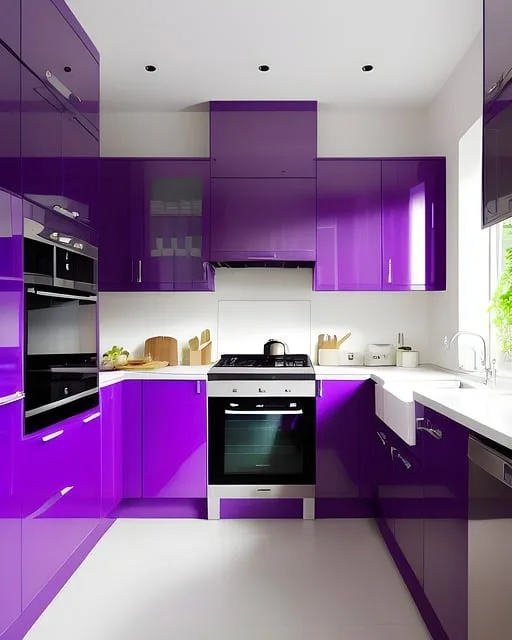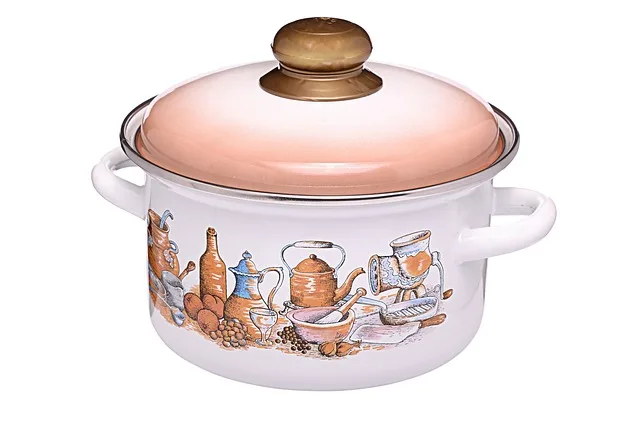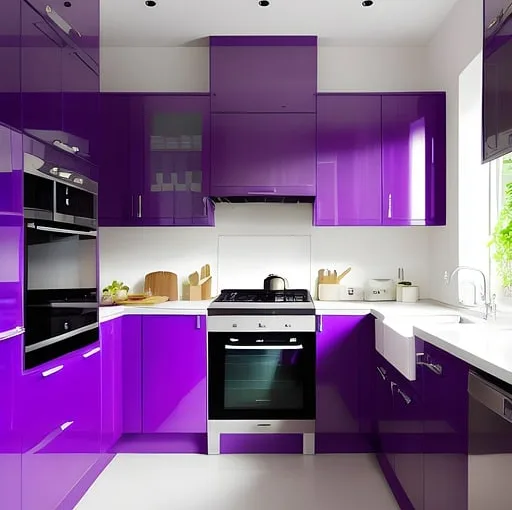First off, you’ll want to gather your tools. A level, a stud finder, a drill, and some sturdy screws are your best friends here. Think of the stud finder as your treasure map, guiding you to the hidden gems in your wall—the studs. These are the strong points where you’ll anchor your cabinets, ensuring they don’t come crashing down when you reach for that spice jar.
Once you’ve located the studs, mark their positions. This is like laying the foundation for a house; it’s crucial for stability. Next, measure the height at which you want your cabinets to sit. A good rule of thumb is to leave about 18 inches between the countertop and the bottom of the cabinet. This way, you’ll have enough space to work without feeling cramped.
Now, it’s time to hang those cabinets! Start with the corner cabinet if you have one, as it sets the tone for the rest. Use your level to ensure everything is straight—nobody wants a crooked cabinet that looks like it’s about to slide off the wall! Secure the cabinet to the studs with screws, and don’t be shy about using a few extra for good measure.
Nail It Right: Expert Tips for Hanging Kitchen Wall Cabinets with Confidence
Now, let’s talk about planning. Before you even think about lifting those cabinets, take a moment to visualize where they’ll go. Use a pencil to mark the wall, ensuring you’re aligning them with the studs. Why? Because hanging cabinets on studs is like building a house on a solid foundation—without it, you’re just asking for trouble!
Next, it’s all about the height. You want your cabinets to be accessible but also stylish. A good rule of thumb is to leave about 18 inches between the countertop and the bottom of the cabinets. This space is like the sweet spot in a recipe—too little, and it feels cramped; too much, and it looks awkward.
When it’s time to hang the cabinets, don’t rush! It’s like assembling a puzzle; you want everything to fit just right. Start with the corner cabinet if you have one, and work your way out. Use a level to ensure everything is straight—nobody wants a crooked cabinet that looks like it’s about to take a tumble!
The Ultimate Guide to Securely Installing Kitchen Wall Cabinets: Safety First!

First off, let’s talk about the studs. Think of them as the backbone of your wall. You wouldn’t build a house on sand, right? Similarly, you need to anchor your cabinets to the wall studs, which are typically spaced 16 or 24 inches apart. Use a stud finder to locate them, and mark their positions. This way, you’re not just relying on drywall, which is about as sturdy as a paper towel when it comes to holding weight.
Next, consider the type of hardware you’re using. Not all screws are created equal! Opt for heavy-duty screws that can handle the weight of your cabinets and whatever you plan to store in them. It’s like choosing the right shoes for a marathon; you need something that can support you through the long haul.
And let’s not forget about leveling. A cabinet that’s not level is like a wobbly table at a restaurant—annoying and potentially dangerous. Use a level tool to ensure everything is straight before securing it in place. This small step can save you from a lot of headaches down the line.
Avoid Disaster: Essential Steps for Safely Hanging Your Kitchen Cabinets
First off, you’ll want to gather your tools. Think of this as assembling your superhero squad. You’ll need a level, a drill, screws, and a stud finder. The stud finder is your best friend here; it helps you locate those sturdy wooden beams behind your walls. Without them, your cabinets are like a ship without an anchor—ready to drift away!

Next, measure twice, cut once. This old adage rings true in cabinet hanging too. Measure the height and width of your cabinets, and mark where they’ll go on the wall. Use a pencil to draw a light line where the bottom of the cabinets will sit. This line is your guiding star, ensuring everything stays level and aligned.
Now, let’s talk about securing those cabinets. When you’re ready to hang, lift the cabinet and align it with your marked line. It’s like placing a puzzle piece—everything should fit snugly. Start by drilling screws into the studs, making sure to use enough screws to support the weight. Think of it as giving your cabinets a strong hug; the more secure, the better!
Finally, don’t forget to check for levelness. Use your level tool to ensure everything is straight. A crooked cabinet is like a wobbly table—it just doesn’t work! If you spot any issues, adjust before the screws are fully tightened. This way, you’ll avoid any future headaches and keep your kitchen looking sharp.
From Blueprint to Reality: How to Hang Kitchen Cabinets Like a Pro
First off, you’ll want to gather your tools. Think of this as assembling your superhero squad: a level, a drill, screws, and a stud finder are your trusty sidekicks. Without them, you might find yourself in a bit of a pickle! Once you’ve got your gear, it’s time to measure. Measure twice, cut once, right? Well, in this case, measure twice and mark your spots. You don’t want your cabinets looking like they’re doing the cha-cha on the wall!
Next, it’s all about finding those studs. Just like a treasure hunt, you’ll want to locate the strongest points in your wall to anchor your cabinets. Use your stud finder and mark those spots. This is where the magic happens! When you’re ready to hang, lift the cabinet into place and secure it with screws. It’s like placing the final piece in a puzzle—satisfying and oh-so-rewarding!
Now, if you’re feeling a bit shaky, don’t sweat it! You can always use a helper. Think of it as a dance; one person lifts while the other secures. Teamwork makes the dream work, right? And remember, if things don’t look perfect at first, that’s okay! Adjustments are part of the process.
So, roll up your sleeves, channel your inner DIY guru, and get ready to hang those cabinets. You’ll be amazed at how a little effort can lead to a stunning kitchen transformation!
Sturdy and Stylish: Mastering the Art of Secure Kitchen Cabinet Installation
First off, choosing the right materials is crucial. Think of your cabinets as the foundation of a house; if the base isn’t solid, everything else can crumble. Opt for high-quality plywood or solid wood instead of particleboard. It’s like choosing a sturdy pair of shoes for a long hike—comfort and durability matter!
Next, let’s talk about the installation process. You wouldn’t build a house without a blueprint, right? The same goes for your cabinets. Start by measuring your space accurately. A little miscalculation can lead to a wobbly mess that’s as appealing as a lopsided cake. Use a level to ensure everything is straight; nobody wants a cabinet that looks like it’s about to slide off the wall!
Now, when it comes to securing those cabinets, don’t skimp on the hardware. Heavy-duty screws and brackets are your best friends here. Think of them as the glue that holds your kitchen together. And remember, it’s not just about the looks; it’s about functionality too. Make sure your cabinets are anchored to the wall studs for maximum stability.
Finally, don’t forget the finishing touches! Stylish knobs and handles can elevate your cabinets from ordinary to extraordinary. It’s like adding the perfect accessory to an outfit—small details can make a big impact! So, roll up your sleeves and get ready to transform your kitchen into a sturdy, stylish haven.
Frequently Asked Questions
What type of wall anchors should I use for heavy cabinets?
For heavy cabinets, use toggle bolts or heavy-duty wall anchors designed for drywall or masonry. Toggle bolts provide strong support by distributing weight across a larger area, while heavy-duty anchors can secure into studs or concrete. Always ensure the anchors are rated for the weight of the cabinet to ensure safety and stability.
How can I ensure my cabinets are level when hanging?
To ensure your cabinets are level when hanging, start by using a level tool to check the wall where the cabinets will be installed. Adjust the height of the cabinets by adding shims under the base if necessary. Secure the cabinets to the wall, checking for level as you go. Finally, double-check the level after all cabinets are installed, making any final adjustments with shims as needed.
What tools do I need to hang kitchen wall cabinets securely?
To securely hang kitchen wall cabinets, you will need a stud finder to locate wall studs, a level to ensure cabinets are straight, a drill with appropriate bits for pilot holes, screws designed for cabinet installation, and a measuring tape for accurate placement. Additionally, a clamp can help hold the cabinet in place while you secure it.
How do I find the right height for my kitchen wall cabinets?
To determine the ideal height for kitchen wall cabinets, consider the standard counter height of 36 inches and the average reach of users. A common guideline is to install cabinets 18 inches above the countertop, ensuring easy access while maximizing storage. Adjust the height based on your personal preferences and the overall design of your kitchen.
What are the best practices for securing cabinets to drywall?
To securely attach cabinets to drywall, use wall anchors or toggle bolts to distribute weight effectively. Ensure that you locate and fasten the cabinets to the wall studs for maximum stability. Pre-drill holes for screws to prevent drywall damage, and consider using a level to ensure proper alignment. Always follow the manufacturer’s guidelines for weight limits and installation procedures.
